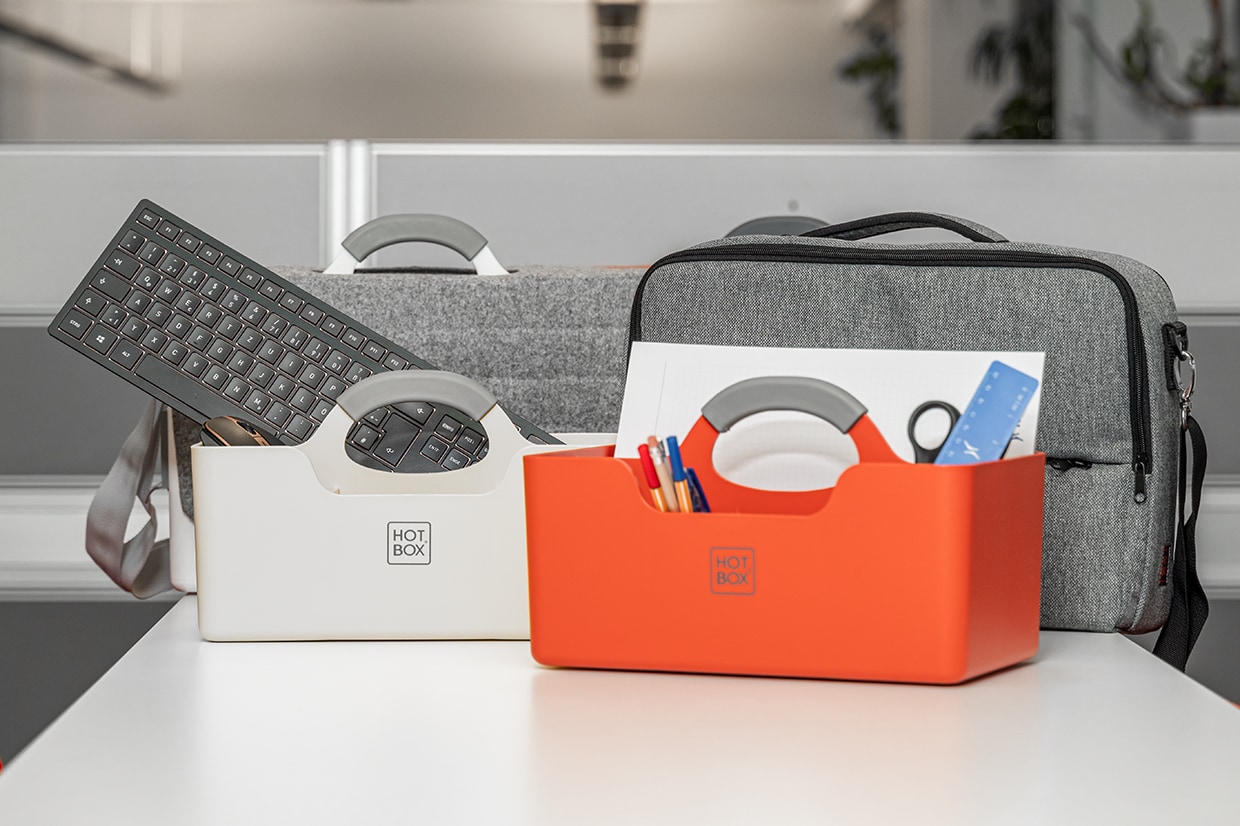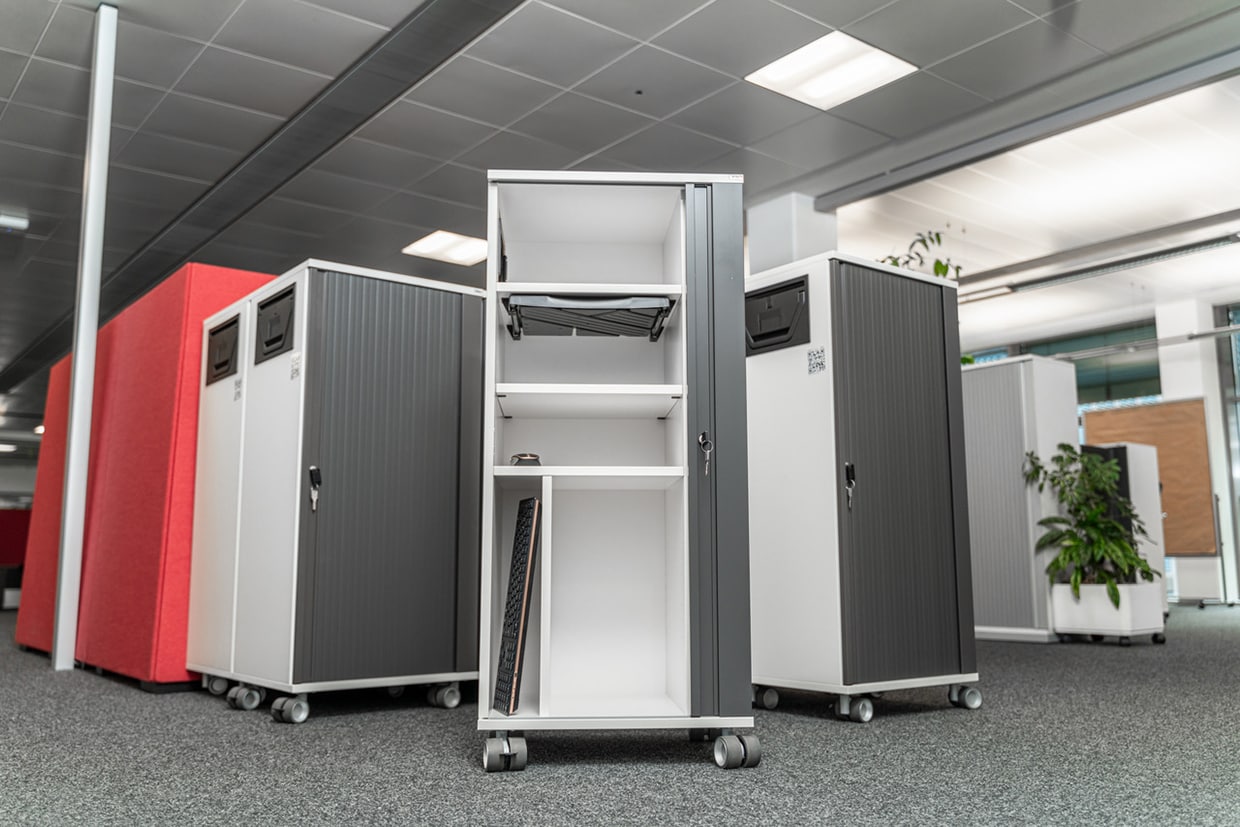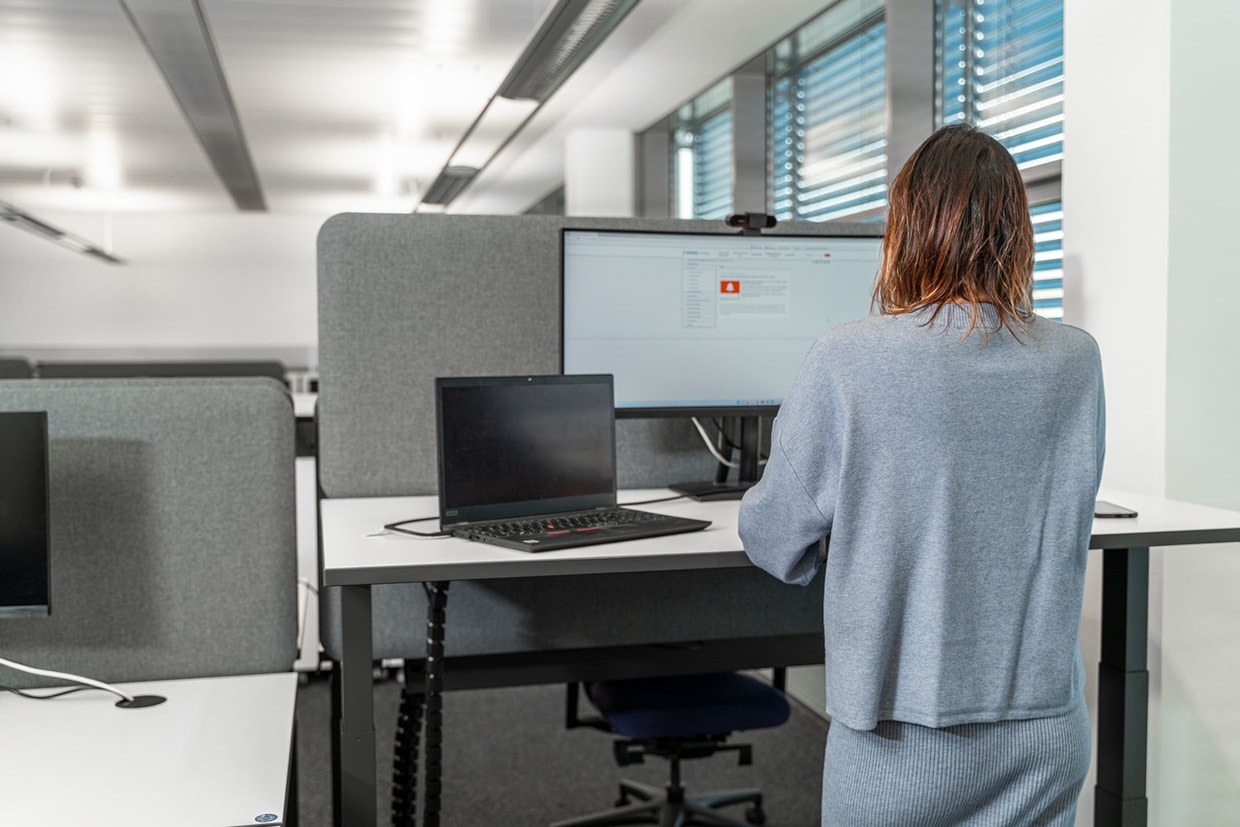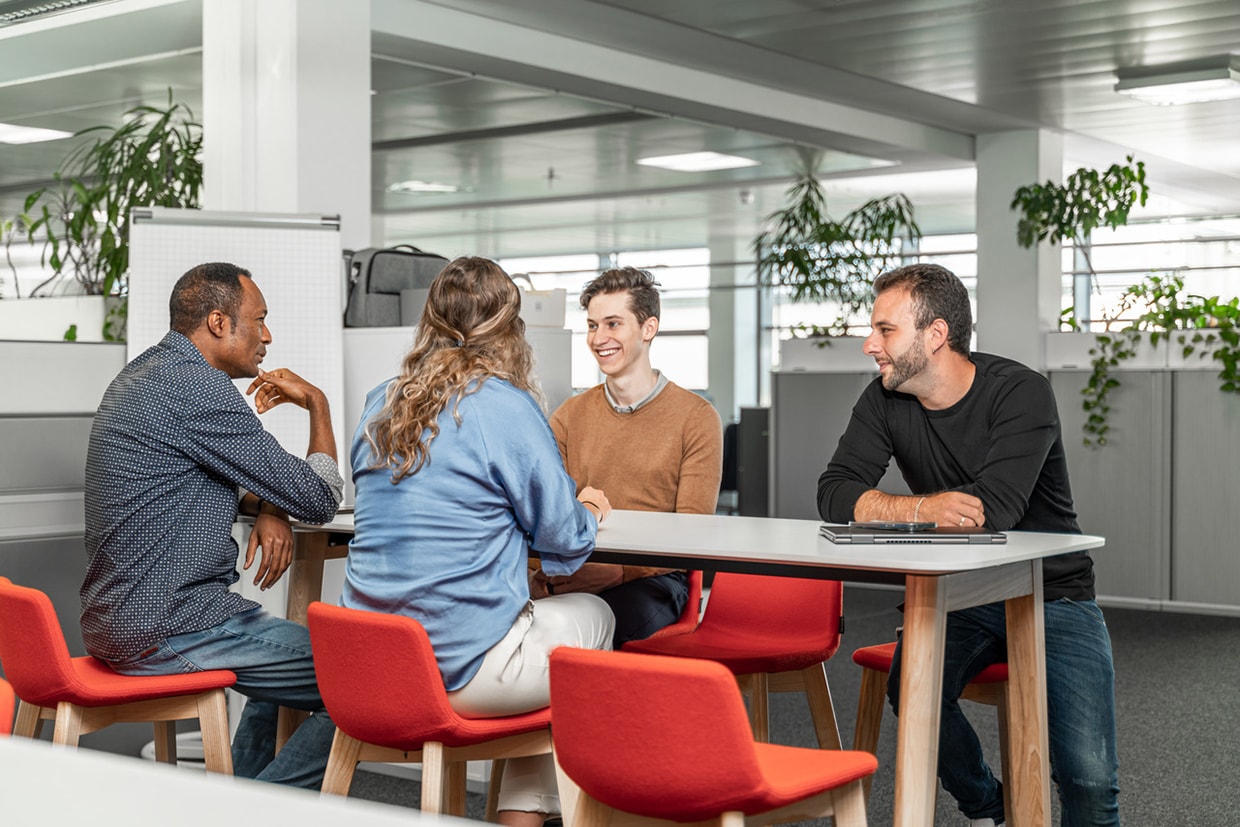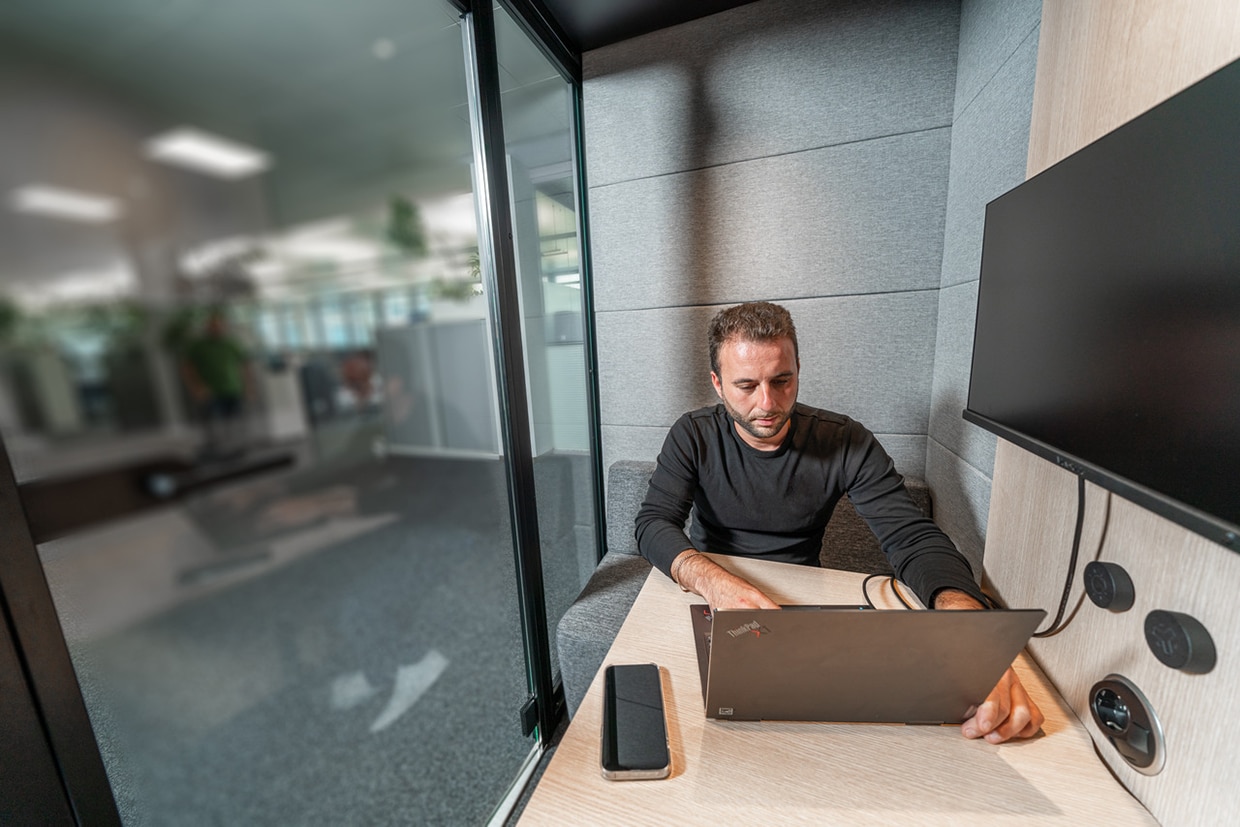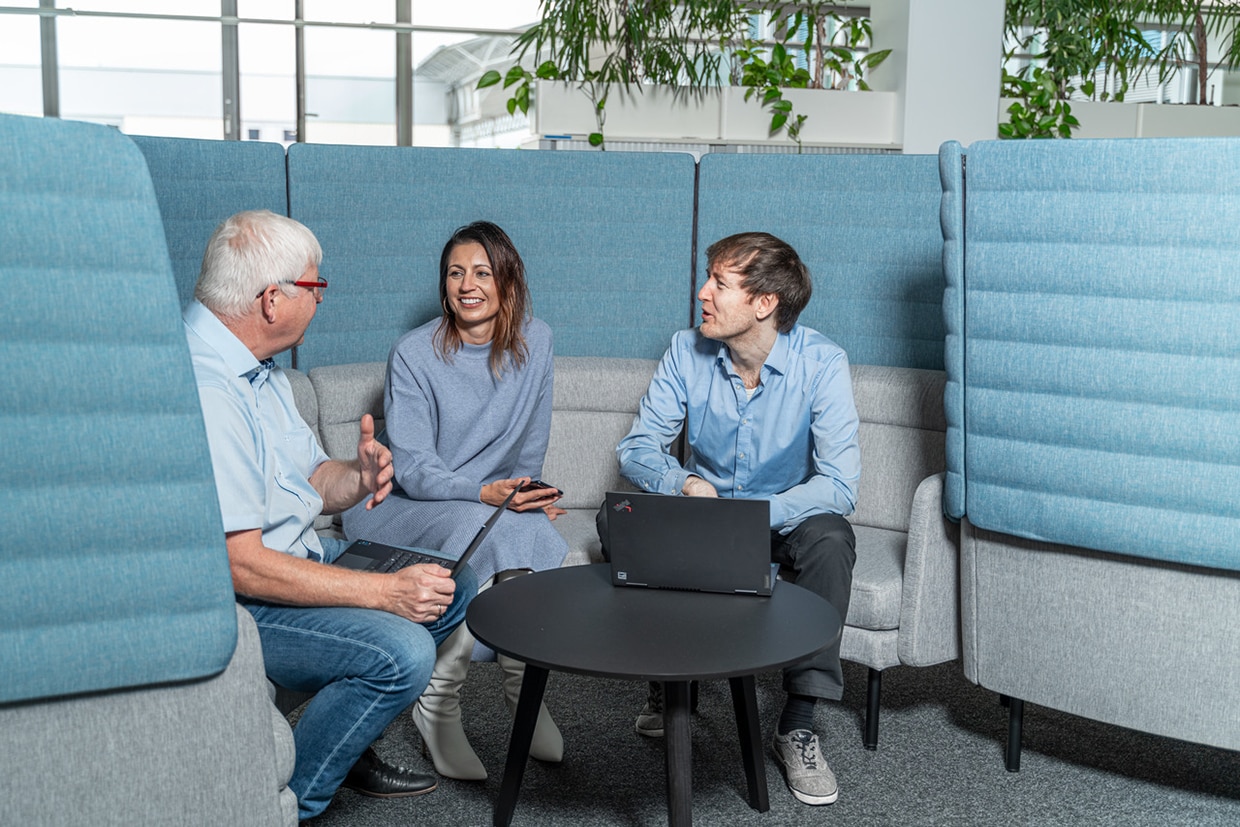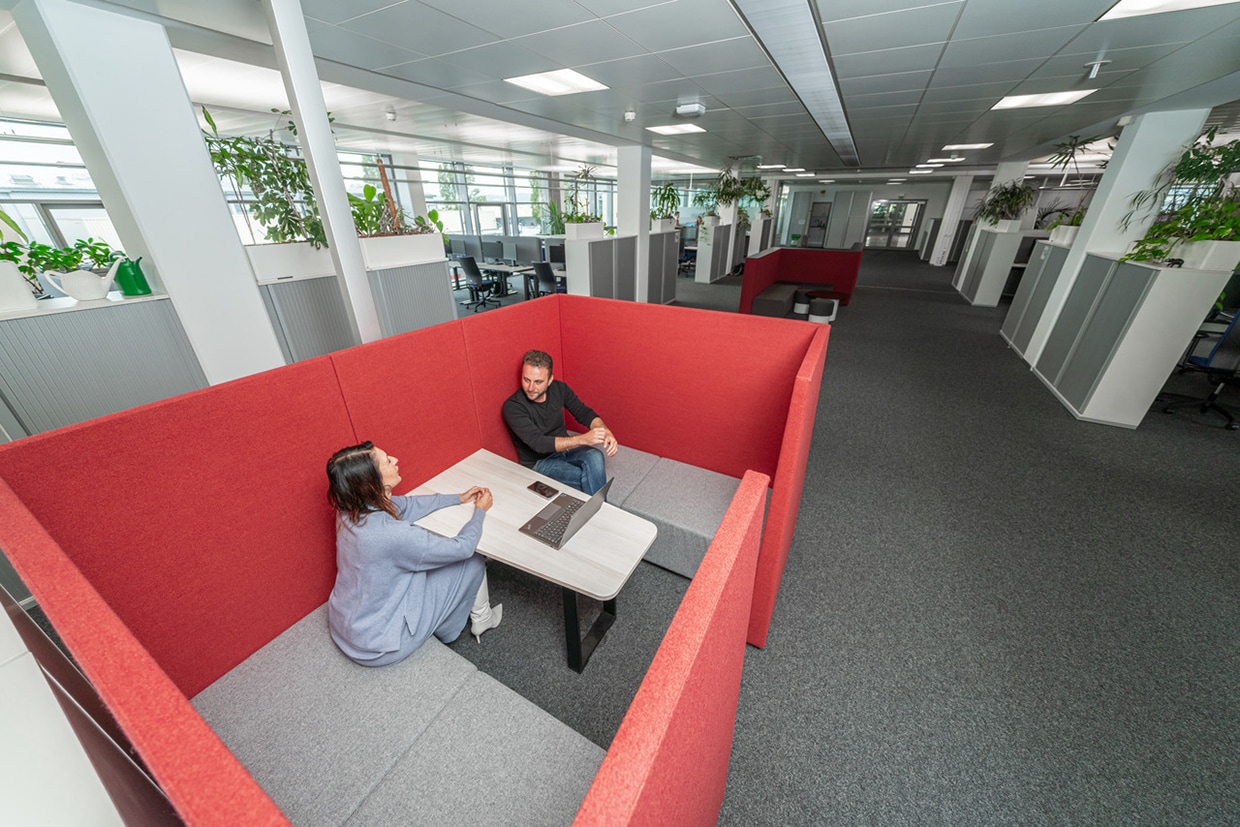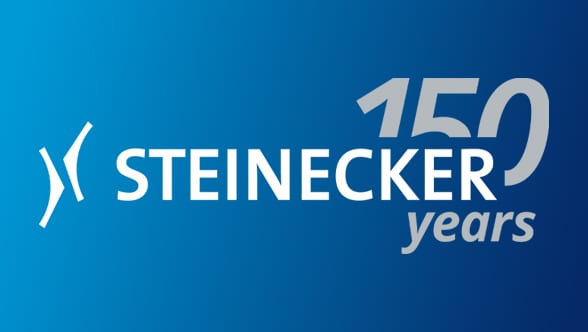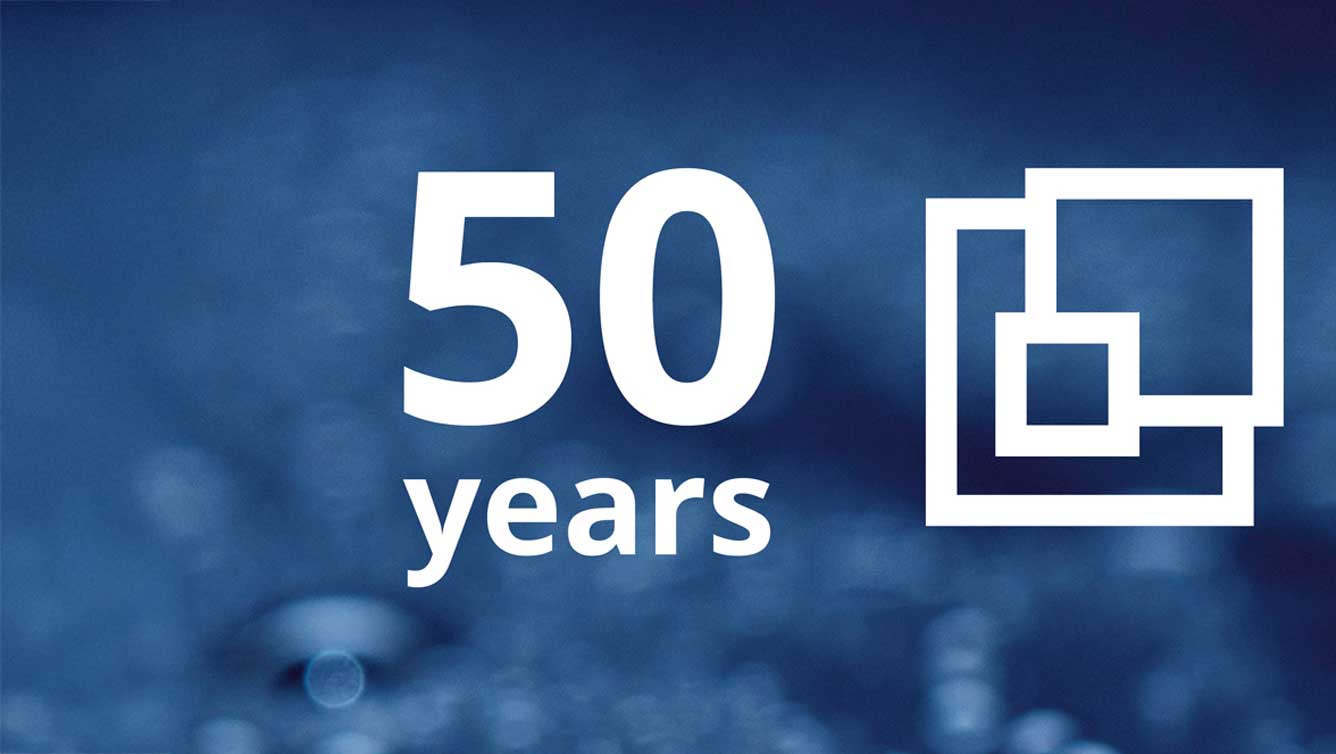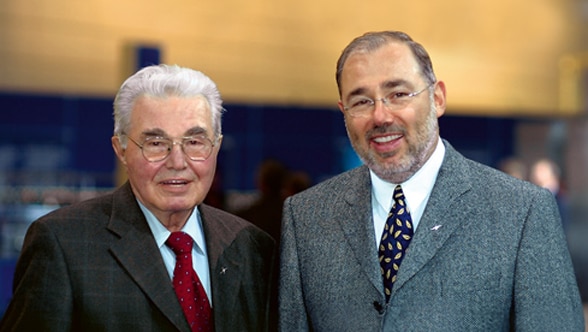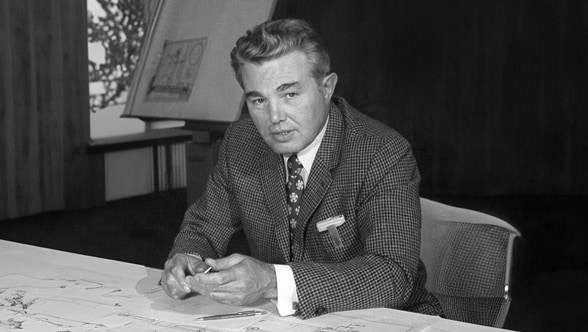Just a short two and a half years ago, it was perfectly normal to be in the office from Monday to Friday. True, remote work was possible even then. But I only chose that option when I wanted to concentrate on a certain task without being disturbed, for example. Working life took place in the office. That was just the way it was. And anyone working on a mobile basis was out of the loop.
The pandemic has forced us to shift many of our activities into the virtual realm – not least our daily work routine. Many employees have meanwhile got used to that and would not want to be without the advantages it offers, like being able to concentrate more intensely on their work or saving time since they no longer have to commute.
Just like many other companies, Krones has also adjusted to these new circumstances. Firstly, the benchmark for mobile work was increased to 50 per cent of total working time in the existing plant agreement. Secondly, we have now chosen a shared-desk model for our new office design.
“Shared desk” means there is no longer a permanently assigned desk for each employee. Instead, the team shares the available workplaces, so far fewer workplaces are needed. That, in turn, enabled us to give the office space a complete makeover.

